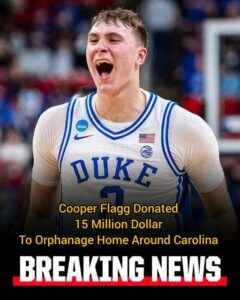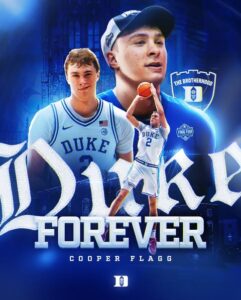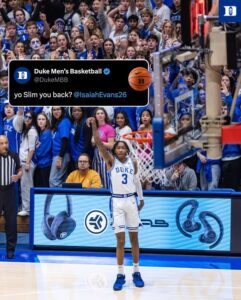
The University of Tennessee’s marching band, known as the Pride of the Southland, is one of the most distinguished collegiate bands in the United States. With a legacy spanning over 150 years, it has become a symbol of tradition, excellence, and school spirit. This article delves into the band’s rich history, its iconic performances, and its enduring impact on the University of Tennessee and beyond.
Origins and Early History
The origins of the Pride of the Southland date back to 1869, following the Civil War. Initially formed as a small all-cornet corps of male cadets within the Military Department at the University of Tennessee, Knoxville, the band played a pivotal role in instilling school spirit and pride among students and alumni. By 1902, the band made its first appearance at a football game, a contest between UT and Sewanee, marking the beginning of its long-standing association with Tennessee football.
The “Pride of the Southland” Moniker
In 1949, Knoxville Journal sports editor Ed Harris dubbed the band the “Pride of the Southland” in his column “Top o’ the Morning.” This nickname resonated with fans and has since become synonymous with the band, reflecting its deep-rooted connection to the region and its embodiment of Southern pride.
Evolution and Growth
Under the leadership of various directors, the band expanded both in size and scope. In 1925, Bandmaster Ernest Hall introduced several innovations, including the addition of a female drill team, the Volettes, and the university’s first majorette. He also composed the fight song “Fight, Vols Fight!” which remains a staple of the band’s repertoire. Hall’s tenure marked a period of significant growth, with the band numbering over 80 members by the mid-1920s.
The band’s development continued under Major Walter Ryba, who served from 1941 to 1960. A former French hornist with the John Philip Sousa Band, Ryba introduced themed halftime shows and guest artists, elevating the band’s performances to new heights. His tenure also saw the band perform at the inaugural parade for President Dwight D. Eisenhower in 1953, marking the beginning of its tradition of participating in presidential inaugurations.
In 1961, Dr. W.J. Julian became the band’s director and played a pivotal role in its modernization. He moved the band from the ROTC program to the Department of Music Education, designed new uniforms, and introduced the now-iconic “Circle Drill,” a complex and visually striking formation that has become a hallmark of the band’s halftime shows. Julian also introduced “Rocky Top” into the band’s repertoire during a halftime show in 1972, a song that has since become an unofficial fight song for the university.
Traditions and Performances
The Pride of the Southland is renowned for its rich traditions and high-energy performances. One of the most anticipated moments is the pregame show, where the band forms the “Power T” on the field, a formation that the Tennessee football team runs through as they take the field. This spectacle is accompanied by the playing of “Down the Field,” the official fight song of the university. Halftime shows often feature intricate formations, including the “Circle Drill,” and performances of “Rocky Top,” which energize the crowd and showcase the band’s precision and musicality.
Beyond football games, the band has performed at over 50 bowl games, including the Rose Bowl, Sugar Bowl, and Orange Bowl. Its appearances have been broadcast nationally, bringing the band’s spirited performances to a wider audience. The Pride has also been featured in various media outlets and has collaborated with numerous artists, further cementing its status as a premier collegiate marching band.
Presidential Inaugurations
The Pride of the Southland has the distinction of participating in 15 presidential inaugural parades, more than any other civilian organization. These appearances began in 1953 with President Dwight D. Eisenhower’s first inauguration and have continued through to recent administrations. The band’s consistent presence at these events underscores its national recognition and the esteem in which it is held.
150th Anniversary Celebration
In 2019, the Pride of the Southland celebrated its 150th anniversary, marking a century and a half of musical excellence and tradition. The celebration included a gala event featuring alumni and current band members, as well as special performances that highlighted the band’s storied history. This milestone not only honored the band’s past achievements but also looked forward to its continued success in the years to come.
Legacy and Impact
The Pride of the Southland is more than just a marching band; it is a symbol of the University of Tennessee’s spirit and pride. Through its music and performances, the band fosters a sense of community and tradition among students, alumni, and fans. Its influence extends beyond the university, as it serves as a model for collegiate marching bands nationwide. The band’s commitment to excellence and tradition ensures that it will continue to be a cherished institution for generations to come.
The University of Tennessee’s Pride of the Southland marching band stands as a testament to the power of music and tradition in uniting a community. With a rich history spanning over 150 years, it has become an integral part of the university’s identity and a source of pride for all who associate with the institution. As it moves forward, the band remains dedicated to upholding its legacy of excellence, ensuring that the “Pride of the Southland” will continue to inspire and entertain for many years to come.





